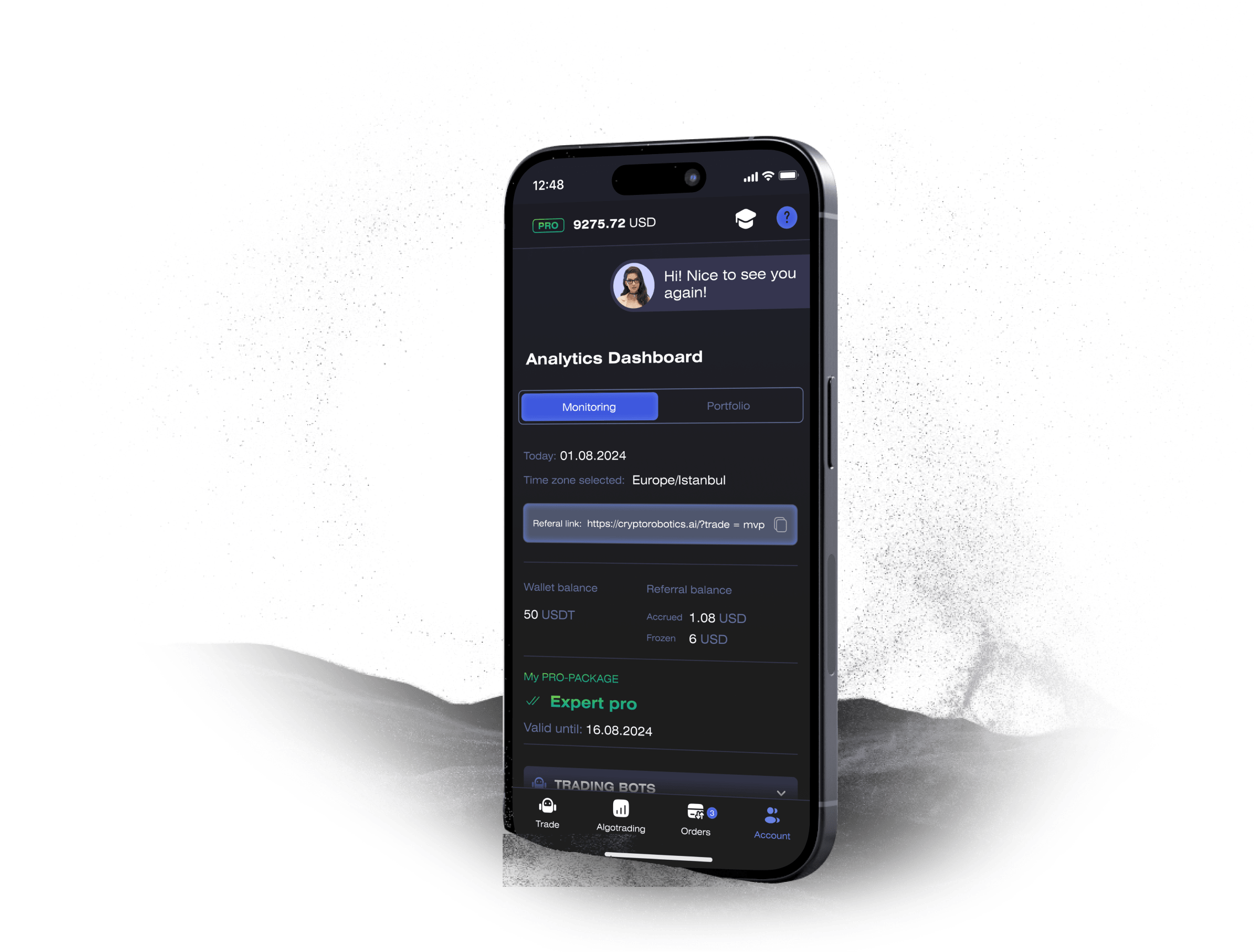Published: October 26, 2024 at 9:32 pm
Updated on June 09, 2025 at 7:05 pm




I just came across this wild story about a cyberattack that used a fake NFT game to exploit a zero-day vulnerability in Google Chrome. Apparently, it’s tied to the Lazarus Group, which is allegedly linked to North Korea. They’re getting sophisticated, and this one really opened my eyes to how vulnerable we are.
Here’s the lowdown: The attackers created a clone of a legitimate blockchain game called DeFiTankLand and rebranded it as DeTankZone. They even went so far as to embed malicious code into the game’s website. If you interacted with it—even without downloading anything—you were toast. Complete control over your PC! Kaspersky Labs caught on and reported the issue, but not before the hackers had their field day.
What blew my mind was how they exploited a bug in Chrome’s V8 JavaScript engine that let them bypass all sorts of protections. They installed some advanced malware called Manuscrypt that gave them full access. And get this—Google patched the vulnerability days later, but these guys were already ahead of the game.
The social engineering tactics here are next level too. They built an entire ecosystem around this fake game—premium-looking websites, social media accounts, and even downloadable trial versions that looked legit as hell. It was all designed to build trust among potential victims who thought they were just checking out a new crypto game.
Kaspersky’s report shows that they even stole the source code from the real game! Talk about playing dirty.
This incident highlights something crucial: As blockchain gaming and NFT platforms grow in popularity, so do the threats targeting them. These platforms are ripe for exploitation through things like zero-day vulnerabilities—and we need to be more vigilant than ever.
The Lazarus Group has been busy; they’ve been linked to over 25 crypto hacks since 2020, raking in over $200 million! And according to some reports, they’re sitting on $47 million in various cryptocurrencies right now.
So how do we protect ourselves from these kinds of attacks? Here are some strategies:
First off, enable Multi-Factor Authentication (MFA) wherever you can. It adds an extra layer of security that makes it harder for unauthorized users to get in.
Second, consider using cold storage for your digital assets. Keeping most of your funds offline is a smart move.
Third, educate yourself! Stay updated on the latest scams and phishing techniques out there because knowledge is power.
And finally? Maybe reconsider downloading any new “games” you come across…
This whole situation is a wake-up call for anyone involved in crypto or digital assets. The methods these hackers used were so sophisticated that it makes me question what else might be out there waiting to catch us off guard.
Access the full functionality of CryptoRobotics by downloading the trading app. This app allows you to manage and adjust your best directly from your smartphone or tablet.


Blog
See more